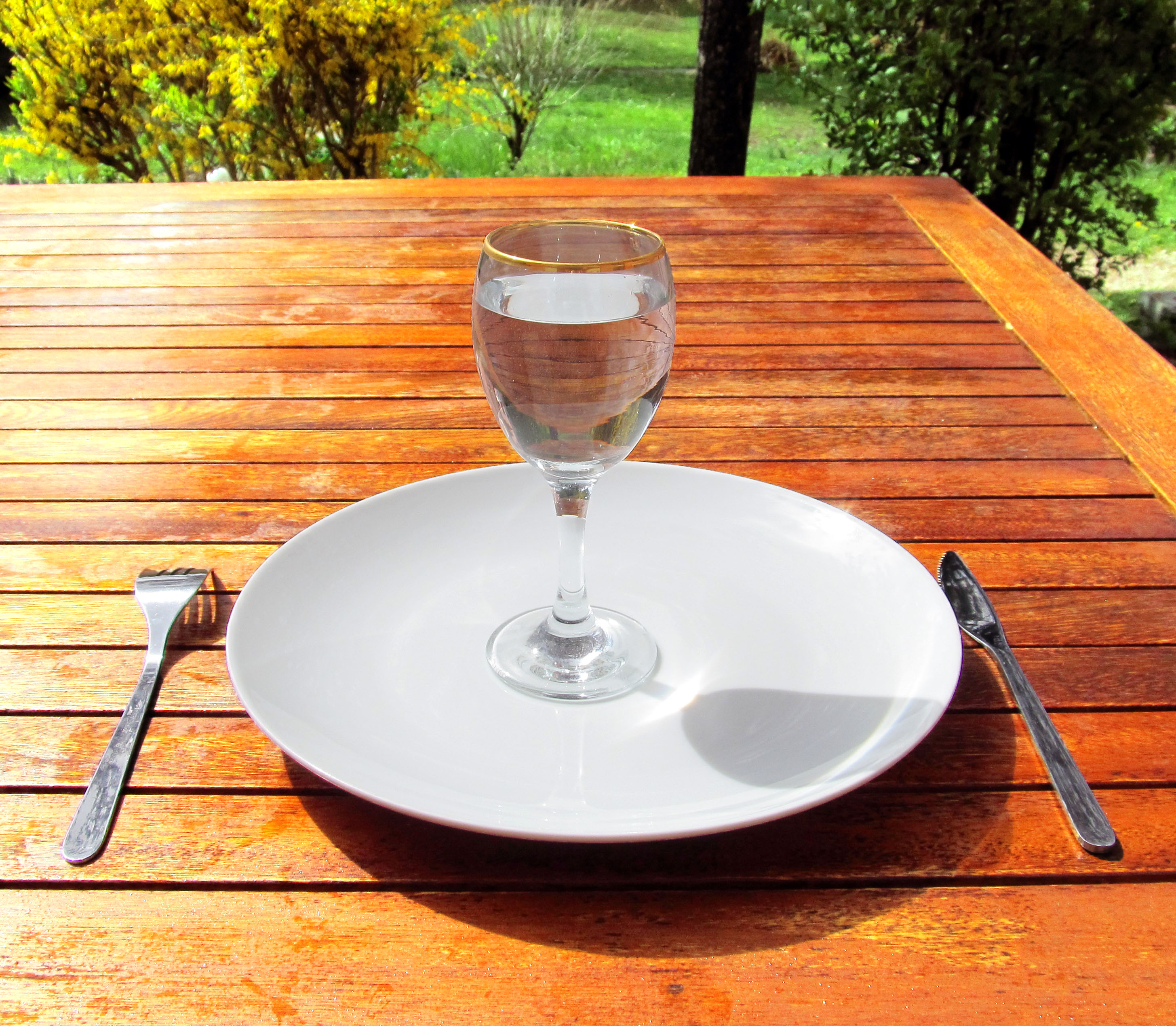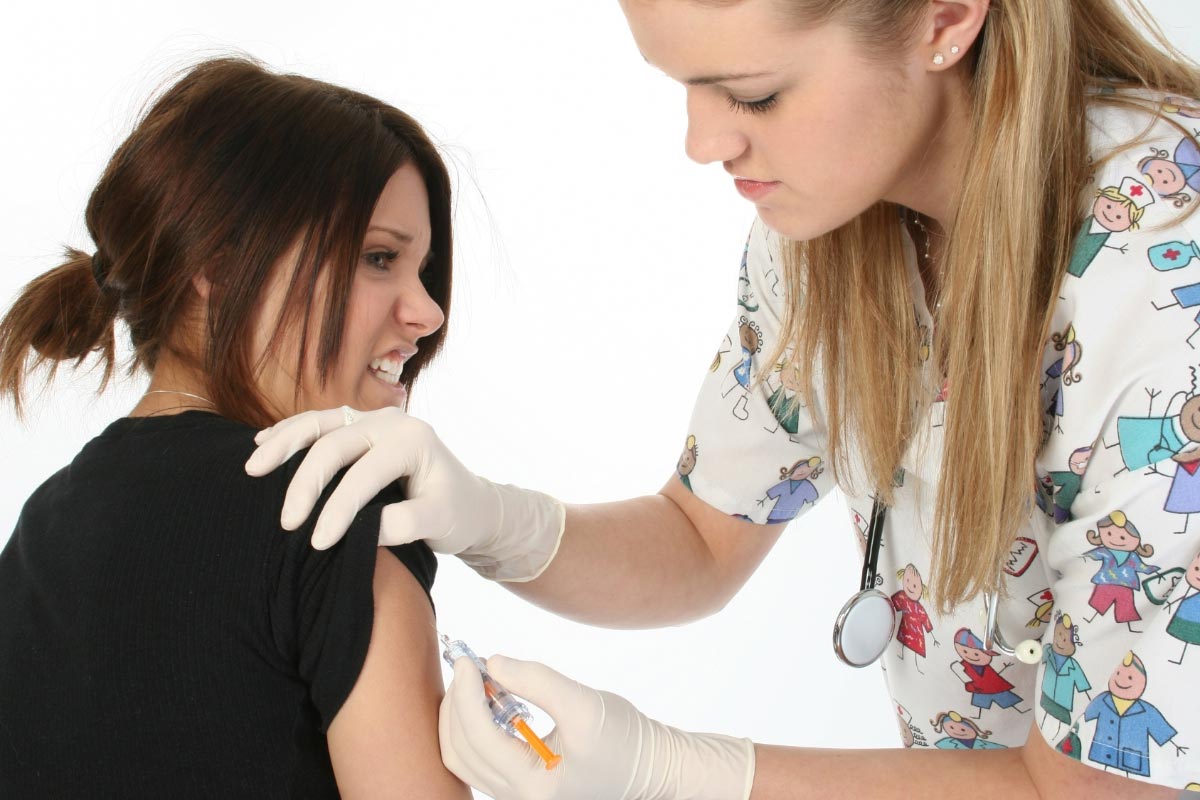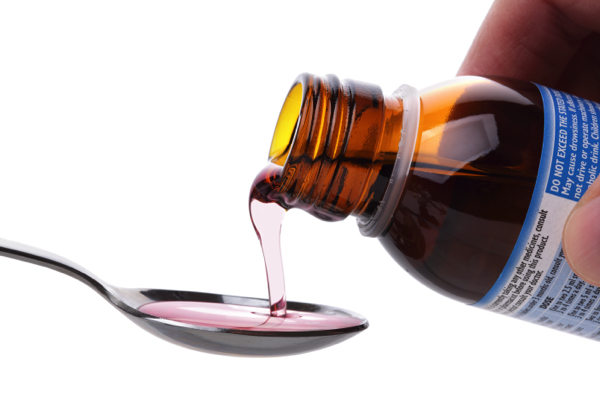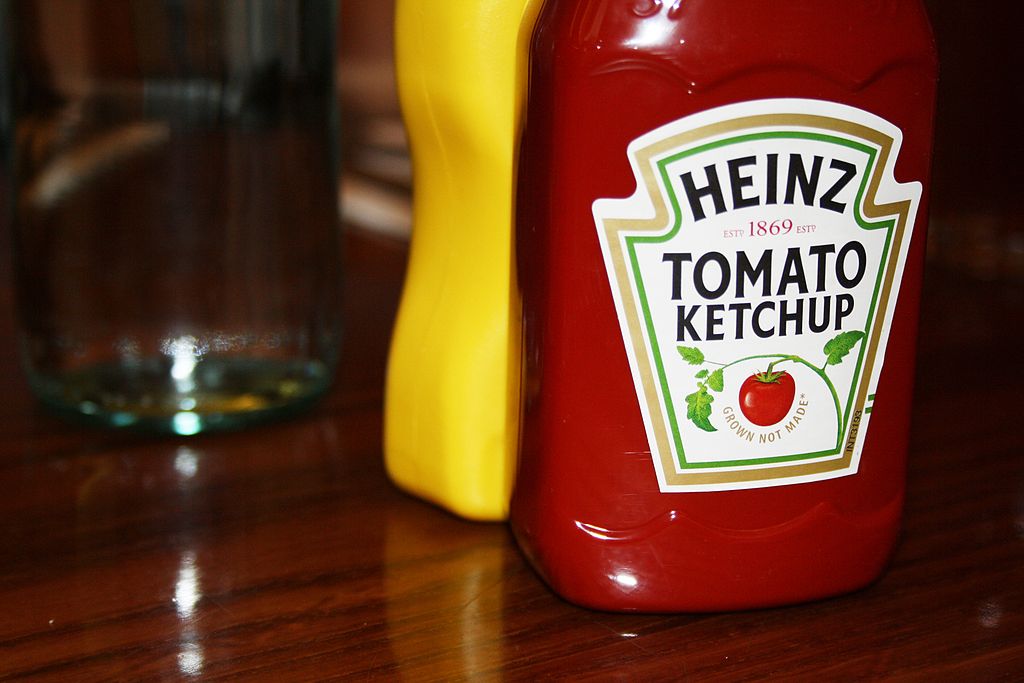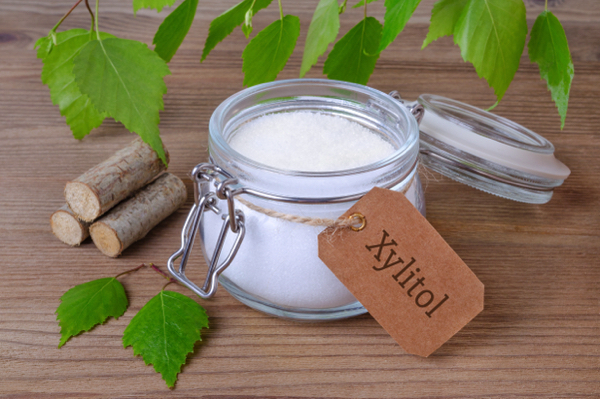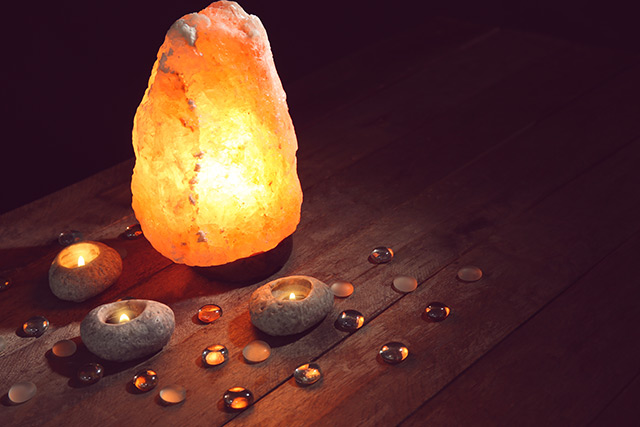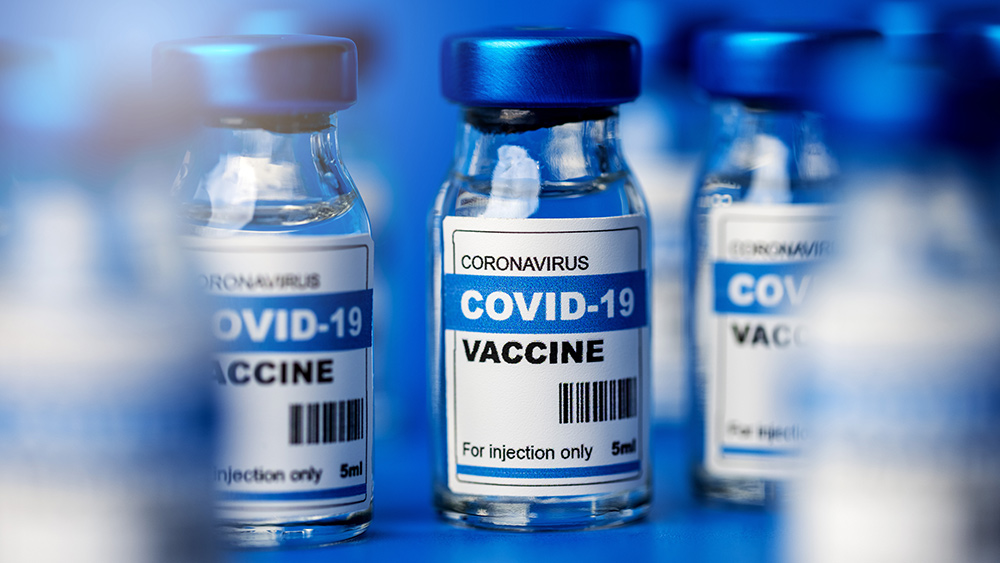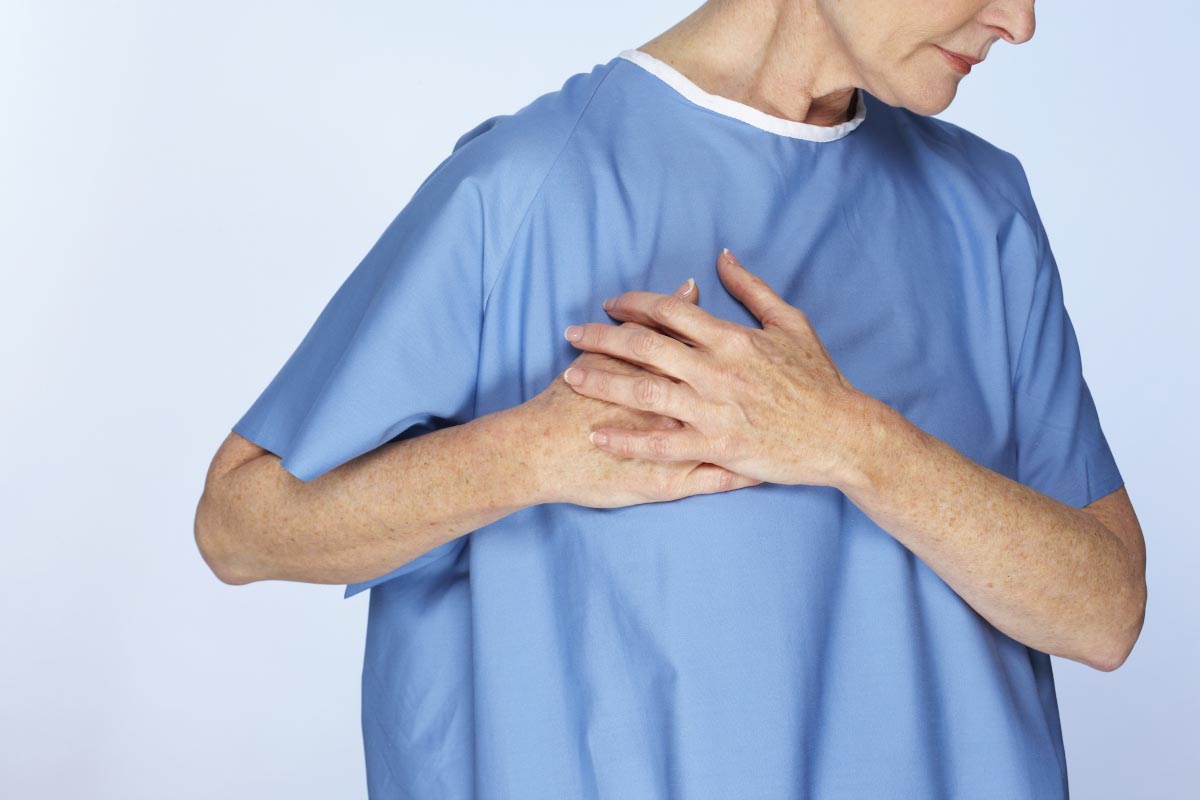Empowering children’s health naturally: “Aromatherapy for the Healthy Child” by Valerie Ann Worwood
06/19/2025 / By Belle Carter
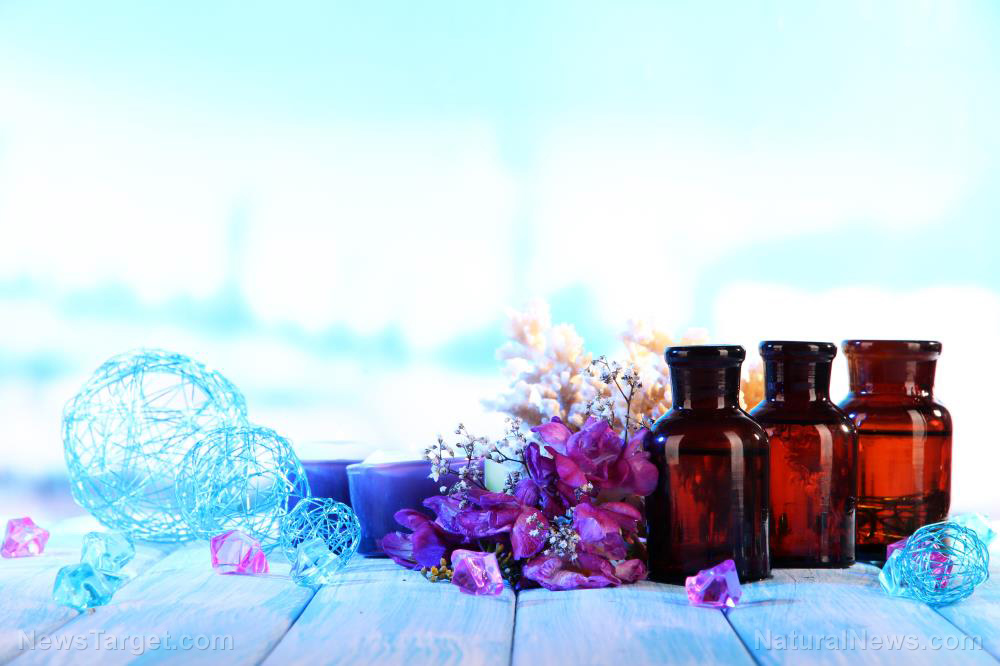
- Valerie Ann Worwood’s “Aromatherapy for the Healthy Child” is a globally recognized resource that provides a detailed guide on using essential oils for children’s health, emphasizing safe and effective practices.
- The book outlines specific guidelines for using essential oils based on a child’s age, from newborns to preteens, recommending gentle oils like chamomile roman and lavender for infants and a broader range for older children.
- Worwood details various methods for using essential oils, including body oils, lotions, baths, diffusers and compresses, with specific instructions for each to ensure safety and efficacy.
- A key focus of the book is safety, with Worwood advising against the use of stimulating oils, warning against sun exposure after application and emphasizing the importance of careful preparation and storage of essential oils.
- Beyond essential oils, Worwood offers practical advice on managing common childhood ailments like asthma, chickenpox and head lice and introduces a “Basic Care Kit” with recipes for homemade remedies, empowering parents to take a proactive role in their child’s health.
Valerie Ann Worwood’s “Aromatherapy for the Healthy Child” is a groundbreaking book that has become a global sensation among those looking to harness the power of essential oils for pediatric well-being. Released at a time when the demand for nontoxic and holistic health solutions is at an all-time high, Worwood’s work offers a comprehensive guide to using aromatherapy safely and effectively for children.
In the opening chapter, “The Essentials,” Worwood lays the groundwork for using aromatherapy with children. She explains that essential oils are used externally, through methods such as body oils, lotions, baths and diffusers. The concentration of oils varies depending on the child’s age and the condition being treated. For instance, a newborn might require just one drop of oil diluted in a teaspoon of vegetable oil, while older children can tolerate more complex blends.
Worwood underscores the importance of meticulous preparation and storage. For example, treating a baby’s colic might require only one drop of a colic mix in half a teaspoon of vegetable oil, with the remainder often going unused. This highlights the delicate nature of essential oils and the need for careful handling. She advises storing them in a cool, dark place to maintain their potency.
Worwood provides a detailed list of essential oils suitable for children of various ages, from newborns to preteens. Newborns can benefit from gentle oils like chamomile roman, lavender and mandarin, while older children can use a broader range, including eucalyptus, tea tree and thyme linalol. She stresses the importance of using the correct variety of essential oil, as different types of the same plant can have distinct properties.
The book outlines various methods for using essential oils, each with specific guidelines. For example, in baths, diluted oils are gentler on children’s skin. The “Body Oil or Body Rub” method involves massaging the oil onto the skin, moving towards the heart. Worwood also discusses the “Room Method,” where oils are diffused or sprayed into the air, and the “Compress” method, which involves soaking a cloth in a solution of water and essential oils.
Safety is a recurring theme throughout the book. Worwood advises against using stimulating oils like rosemary and hyssop, instead recommending calming oils like chamomile roman and lavender. She also warns against using essential oils before sun exposure, as some can increase sensitivity to ultraviolet rays.
Worwood dedicates a significant portion of the book to “The AZ of Conditions,” offering essential oil remedies for a wide range of childhood ailments. For newborn acne, she suggests using lavender and chamomile hydrolat or essential oil waters. For adolescent acne, she recommends gentle cleansing and the use of tonics and moisturizers with essential oils like lavender and tea tree.
For asthma, Worwood recommends a calming bath mix with chamomile roman, mandarin and geranium, along with a massage and inhalation mix featuring niaouli, marjoram, frankincense and chamomile roman. She also emphasizes the importance of identifying triggers and keeping a diary to track potential causes of asthma attacks.
Beyond essential oils, Worwood offers practical advice on other care measures. For managing chickenpox, she suggests oatmeal baths, soothing lotions and the use of calamine lotion with added essential oils. For head lice, she recommends a combination of scalp oil, rinses and a beeswax barrier method, along with preventive measures like tying back long hair and avoiding sharing personal items.
Worwood introduces “The Basic Care Kit for Children,” a collection of twelve essential oils that can address most common childhood conditions. She also provides recipes for homemade preparations like antiseptic skin spray, first aid washing mix and herbal healing infused oils. These DIY solutions empower parents to take a proactive role in their child’s health.
“Aromatherapy for the Healthy Child” is a comprehensive guide that empowers parents and caregivers to support children’s health naturally. By understanding the principles of aromatherapy and applying them safely, we can enhance our children’s well-being and create a nurturing environment for them to thrive. Worwood’s work is a testament to the potential of natural healing, offering a roadmap for those looking to integrate aromatherapy into their children’s healthcare routines.
Learn more about “Aromatherapy for the Healthy Child” by watching the video below.
This video is from the BrightLearn channel on Brighteon.com.
Sources include:
Submit a correction >>
Tagged Under:
"Aromatherapy for the Healthy Child, alternative medicine, aromatherapy, children's health, essential oils, healing, health science, infant's health, natural cures, natural health, natural medicine, Naturopathy, remedies, safety, tips, Valerie Ann Worwood
This article may contain statements that reflect the opinion of the author


